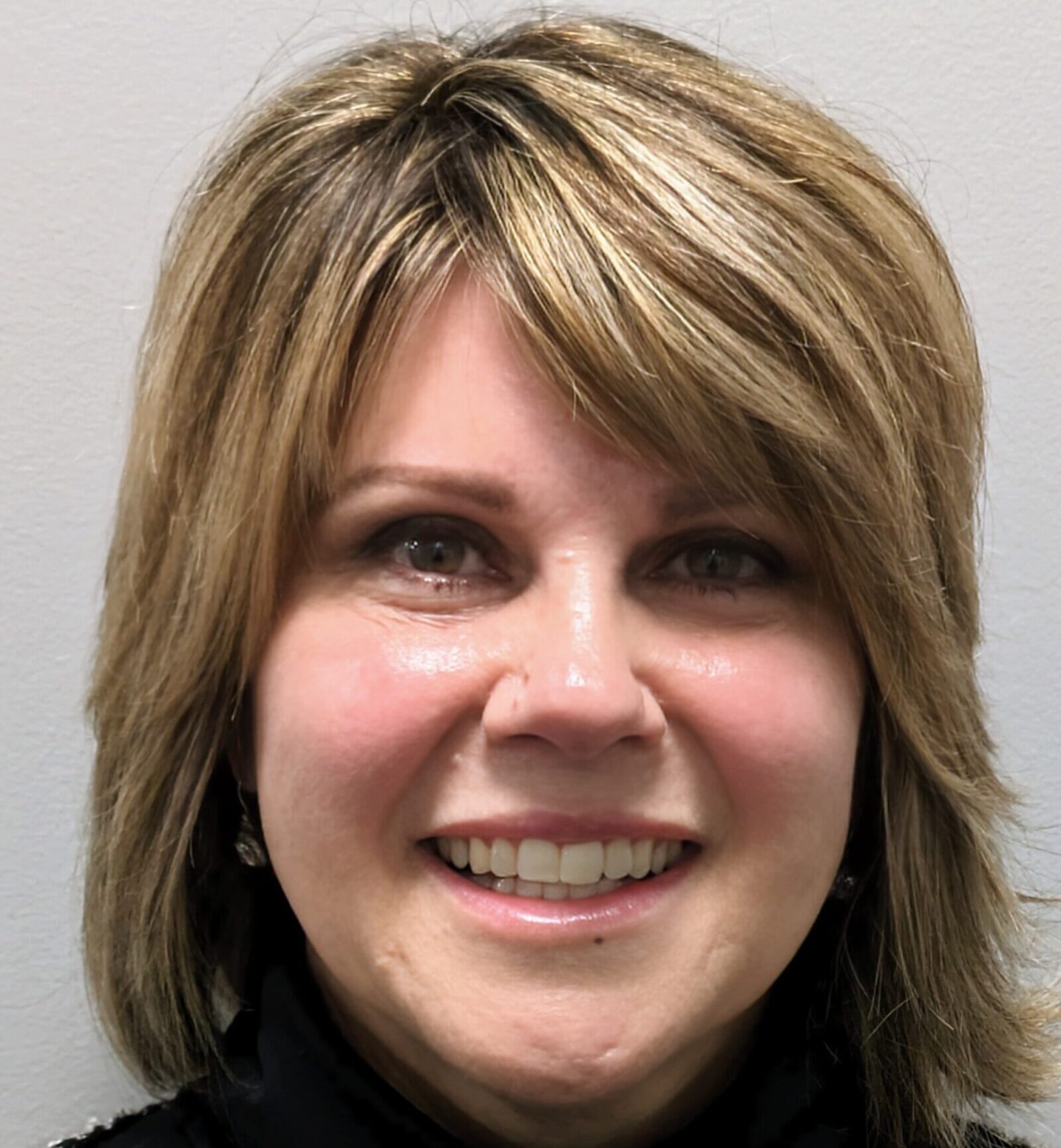Key Takeaways:
- More and more police officers are at risk of becoming addicted to opioids, so it’s important to have a treatment center nearby so they can get help quickly.
- Community-based diversion programs help police and civilians send people who have problems with drugs and alcohol to rehab and recovery instead of jail.
- To help people with substance abuse in Las Vegas, there needs to be more than one kind of help, such as crisis intervention, Dual Diagnosis Treatment, and local resources.
- Programs like the Police Officers Treatment Program and the Opioid and Opiate Addiction Rehab Program give first responders the tools they need to recover.
- Having a treatment center nearby can greatly lower the number of fatal overdoses and make people feel safer and more trusting.
Introduction
The opiate crisis has spread far beyond the general public and has had a big impact on police officers, who are both first responders and possible victims of addiction. Many officers in this high-stress, trauma-heavy job deal with chronic pain, mental health issues, and exposure to strong drugs, all of which can lead to dependence on prescription opioids. Knowing about these problems, having a treatment center nearby isn’t just helpful; it’s necessary for quick, life-changing help. Additionally, having specialized care available in the Las Vegas area enables police departments and communities to collaborate more effectively. It shows a shift from punishing people to focusing on their health in recovery, allowing officers to receive treatment without fear of being shamed and return to duty after they have recovered. Being close to a treatment center also makes it easier for first responders to work together during overdose situations, which is good for both public safety and the health of officers.What Is It About The Opiate Crisis That Makes It Different For Law Enforcement?
Police officers often come across opioids when they make arrests, respond to overdose calls, or get hurt while on duty. This makes them more likely to become physically and mentally addicted. Trauma bonding, working shifts, and having easy access to prescription painkillers all make things worse. The National Institute of Justice says that more than 2,500 police departments now give their officers naloxone to use in case of an overdose. However, few of them have the necessary resources to establish a Police Officers Treatment Program that works for them.
Why Is Community Diversion Better Than Arrest For People Who Commit Low-Level Opioid Crimes?
Law Enforcement Assisted Diversion (LEAD) and Angel networks are two examples of compassionate, evidence-based alternatives to traditional law enforcement. Instead of arresting people for drug-related crimes that don’t involve violence, officers help them find ways to get treatment. The LEAD and Angel programs in Seattle have resulted in fewer repeat offenders and improved relationships between the police and the community. This suggests that recovery-focused frameworks are more effective than punishment. Implementing similar programs in the area, as suggested by NCBI, makes a treatment center nearby more appealing, making it a top choice for diversion referrals.What Does A Nearby Center Do To Help With Drug Abuse In Las Vegas?
In cities like Las Vegas, where substance abuse is common, a nearby facility can respond quickly in emergencies, offer specialized outpatient programs, and work closely with the police. High levels of tourism and stress can make addiction worse, which makes things harder for first responders. Local centers can provide culturally appropriate care tailored to the city’s high-pressure environment, thereby improving the health of both officers and the community. Adding an Opioid and Opiate Addiction Rehab Program to this center ensures that people who are addicted to opioids get the right kind of treatment. Whether an officer needs immediate care after being exposed or civilian overdose cases are redirected by law enforcement, being close by means faster intake, longer stays in care, and stronger support networks.How Does Specialized Care Like Dual Diagnosis Help People Who Respond To Emergencies?
Many officers who are addicted to opioids also have mental health problems like PTSD, depression, or anxiety at the same time. Instead of treating one symptom at a time, a Dual Diagnosis Treatment model treats both conditions simultaneously. CDC shows that this all-encompassing method greatly lowers the risk of relapse and speeds up long-term recovery. A local center that offers both mental health and addiction services ensures that officers receive care that is integrated, which reduces the risk of falling through the cracks between the two systems.What Are The Steps In Recovery, And How Do Local Centers Help With Them?
Understanding recovery as a journey helps us give better care. Centers close to the police can help people through the 5 Stages of Addiction Recovery from Substance Use:- Precontemplation means realizing there is a problem.
- Thinking about change—considering it.
- Getting ready for change—making plans.
- Action means getting treatment.
- Maintenance: staying sober.
How Does A Program For Treating Police Officers Make The Department Stronger?
A Police Officer’s Treatment Program at a local recovery center enables departments to address issues before they occur, rather than after they have happened. These programs help create a recovery culture in policing by offering peer support, counseling, and medical care. Officers can seek help without anyone knowing and return to work safely. Working together with nearby facilities ensures that people can access evidence-based treatments, such as medication-assisted treatment (MAT), trauma therapy, and aftercare.How Does Early Identification of Heroin Paraphernalia Relate to the Need for Nearby Treatment Centers in Addressing the Opiate Crisis in Law Enforcement?
Early identification of heroin paraphernalia is crucial in the fight against the opiate crisis. Law enforcement can implement strategies for recognizing heroin paraphernalia early to intervene before addiction escalates. By promoting nearby treatment centers, they can facilitate timely access to support, ultimately reducing the cycle of addiction and its impact on communities.









